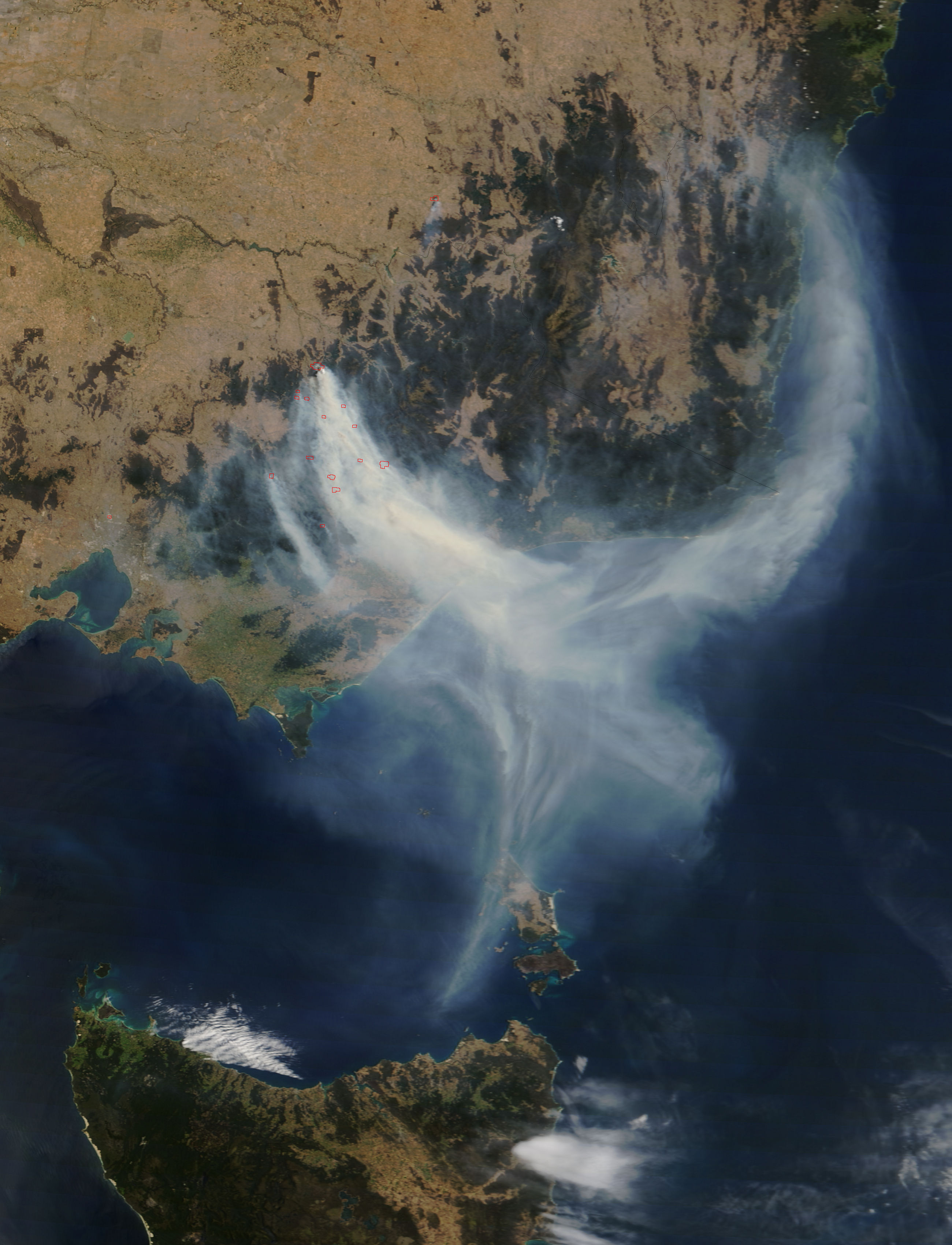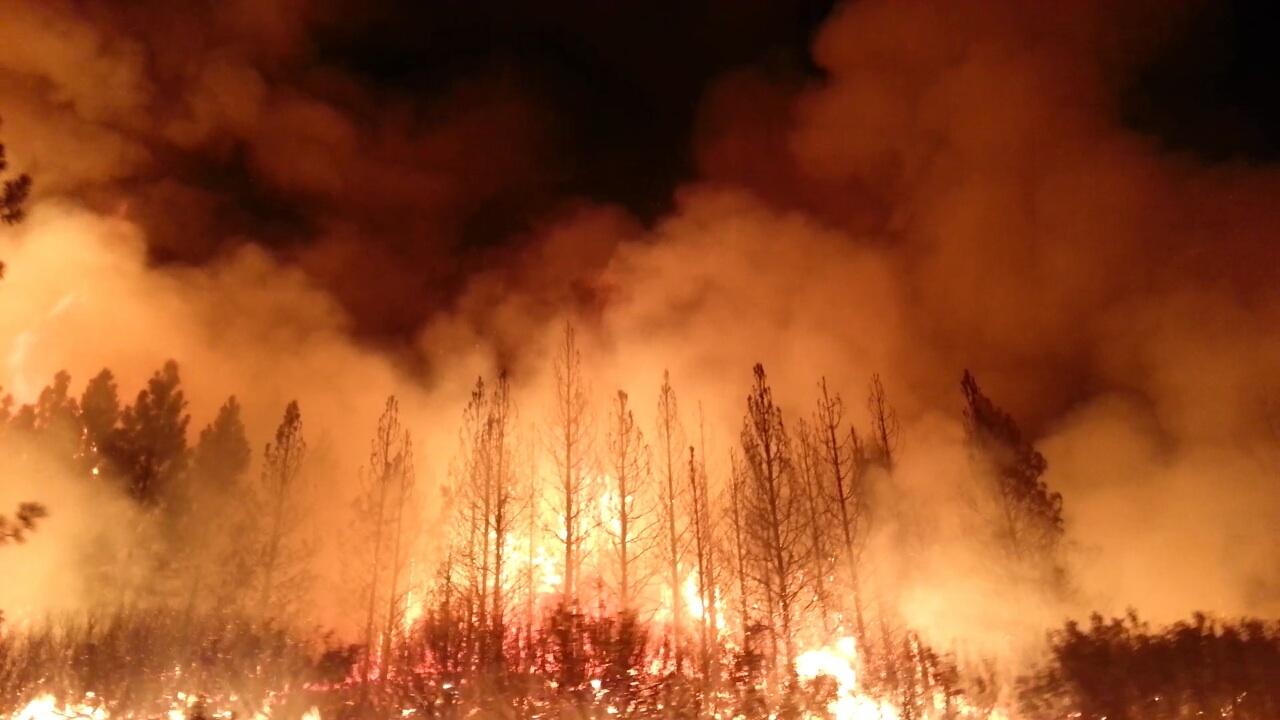
Australia’s fires have wrought damage to every aspect of life: people are perishing, dead animals are falling out of trees, the kelp forests of Tasmania are gone, houses are obliterated, the air is poisoned, kangaroos are herding to safe ground, families are camping on the beach. While some blame deforestation, and others note Australia is the most arid country on earth, many point to energy policy as causal. Studies by the Institute for Energy Economics and Financial Analysis comment on “government’s defense of increasingly technologically obsolete thermal coal” (coal burned for energy rather than steel manufacturing). Australia also exports coal to China and India, among others. But those customers will soon be gone, having announced plans to transition from the coal sector.

The writings is on the wall, even if some politicians speak of alternative facts, and other walls. Coal is on the way out. Coal stocks in the United States dropped 50% in 2019 while renewable energy American utility Nextera Energy gained 42% more market share. Banks like Credit Suisee and Goldman Sachs are rethinking and restricting financing thermal coal and coal-fired power plants. Investors might observe the Institutional Investors Group on Climate Change – with trillions under management – aligns pension funds to the goals of the Paris Agreement. Like former financial agreements such as those decided at Bretton Woods, investment and banking groups may increasingly link investment policy to environmental goals.
Meanwhile, Australia might think of Snowy Mountains Hydroelectric as an example of mobilizing response to adverse conditions. The macro achievement was built after drought plagued early chapters of Australia’s history. From 1813 to 1815, drought parched the land; from 1824 to 1829 there was another. When a third drought occurred from 1837 to 1840, the land baked, crops failed, livestock died, and the once-lush landscape became so dry that people organized horse races on the Murrumbidgee River, using its dry bed as a dusty track. Snowy Mountains brought irrigation from snow melt, generating hydroelectric power to light a growing country. If Australia might again mobilize a suffering nation’s ingenuity and resolve in response to 2020’s parched and burned landscape, it should be noted that Snowy Mountains Hydro took 25 years to complete. If Australia sets a macro goal to rebuild energy and environment by 2025, what are the first three steps?

O’Malley, Nick. “The world has made the link between Australian coal, fires, and climate.” 4 January 2020, The Sydney Morning Herald. https://www.smh.com.au/environment/climate-change/the-world-has-made-the-link-between-australian-coal-fires-and-climate-20200103-p53omu.html.
Koning Beals, Rachel. “Goldman Sachs becomes first major U.S. bank to stop funding Arctic drilling, pulls back on coal.” 21 December 2019. MarketWatch. https://www.marketwatch.com/story/goldman-sachs-becomes-first-major-us-bank-to-stop-funding-arctic-drilling-pulls-back-on-coal-2019-12-16
Steil, Benn. The Battle of Bretton Woods. Princeton University Press, 2012. ISBN: 9780691162379.
Building the World Blog by Kathleen Lusk Brooke and Zoe G. Quinn is licensed under a Creative Commons Attribution-NonCommercial-NoDerivs 3.0 Unpor
